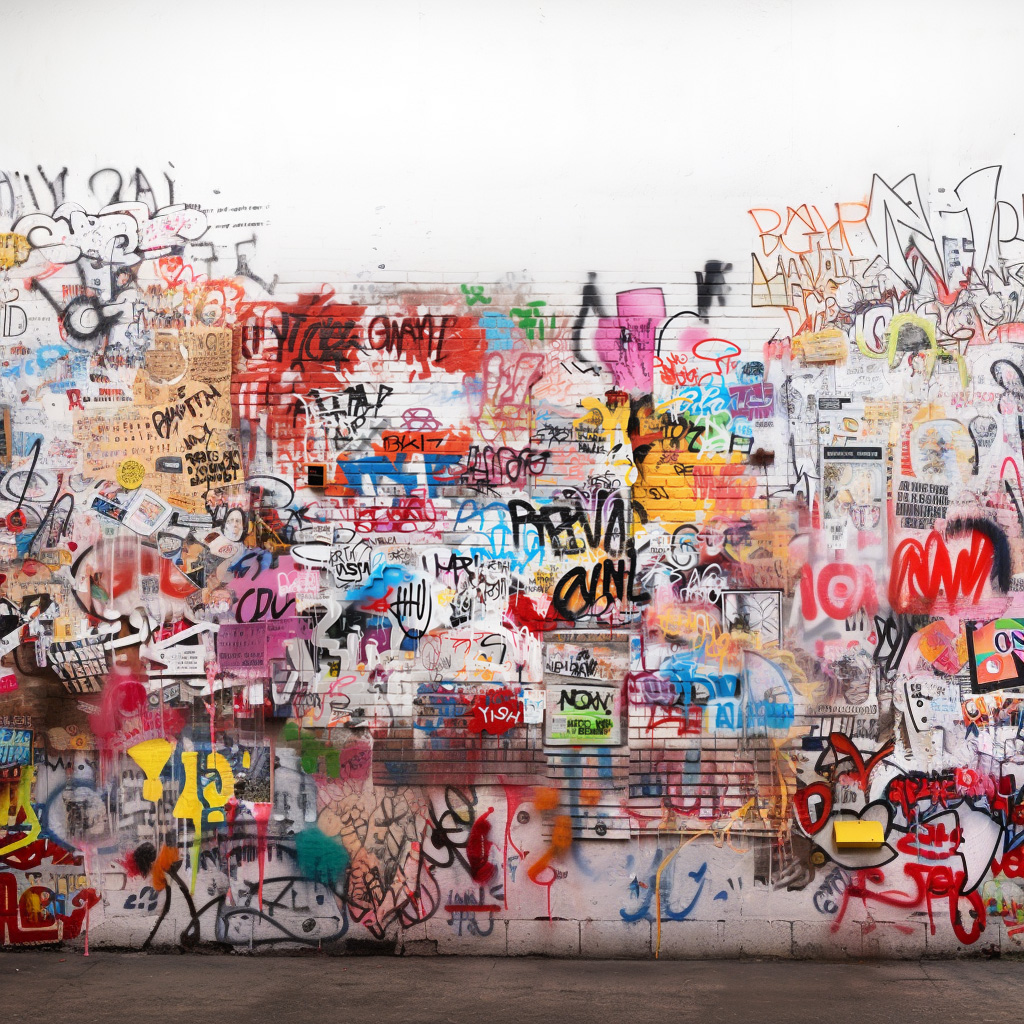Peace beyond corners
My most vivid memories of elementary school are from second grade. I had spiked hair (I’m not sure if it was cool back then or not), lost many of my baby teeth (earning a special certificate with each one) and played lots of playground football games. However, these were not my most important or formative experiences.
I attended Saint Mary’s Grade School in Kaukauna, Wisconsin. Sister Leonette was my principal, and Sister Maureen was my second grade teacher. Since Sister Maureen had taught young black students on the south side of Chicago, she placed a special emphasis on Black History Month.
During all of February, we learned about the great African-American women and men who struggled to end slavery and segregation and who led the civil rights movement like Harriet Tubman, Rosa Parks and Martin Luther King Jr. We learned and sang black spirituals. Sister Maureen showed us photos of her former school, and I felt connected to those students. My family visited that school and parish in Chicago several times over the years, and we formed relationships that continue today.
Sister Maureen’s classroom also had a Peace Corner. If two students were fighting they had to go to the Peace Corner, talk through it, apologize and shake hands before they could leave. I had a few trips to the Peace Corner — mostly related to arguments arising from playground football games. Making peace like this was not easy, but it was so important. Knowing that I still experience my faults and weaknesses and broken relationships, I think about that Peace Corner often and try to practice it in my life today.

That spring I made my First Communion. In accordance with the Gospel, the Peace Corner was actually an important and necessary preparation for receiving the Eucharist.
In the Sermon on the Mount, Jesus tells his disciples:
“Therefore, if you bring your gift to the altar,
and there recall that your sister or brother
has anything against you,
leave your gift there at the altar,
go first and be reconciled with your sister or brother,
and then come and offer your gift.” (Mt 5:23-24)
Black History Month and the Peace Corner both instilled something deep within me about what it means to be reconciled with our sisters and brothers. The annual observance of African American history taught us about the need for social reconciliation. We learned about social sins like slavery, racism, segregation and discrimination, and the need for justice and reconciliation in society. In the Peace Corner, I learned about the importance of reconciliation with friends — and those I found it difficult to get along with. I learned the need for dialogue and forgiveness.
Sister Maureen was a great teacher — a wonderful teacher of peace, just like Saint Clare and Saint Francis. She created structured opportunities to form our young consciences and commitment to peace.
So I ask you: Who has helped form your conscience and shown you how to forgive and make peace? When was the last time you needed to say “I’m sorry” for hurting someone you love? When have you been able to extend forgiveness to someone who hurt you?
In the Sermon on the Mount (Mt 5: 1-12), Jesus invites us, his disciples, to live in a new way: to be poor in spirit, to hunger and thirst for righteousness, to be merciful, to be peacemakers.
In the Gospel, Jesus challenges us to go deeper than simply following good rules (Mt 5: 21-22). To renew ourselves in holiness. It is not enough to simply not kill people. Jesus invites us to examine what is underneath a desire to kill: anger, slurs, grudges and judgments. In what small ways do we kill each other? Is it through gossip? The Arabic word raqá today could mean calling someone stupid, crazy, fake, a flirt or ugly.
If we find ourselves talking about others like this (and I know I do, at times) or even looking around and thinking about others in these terms, it is necessary for us to go first and be reconciled with our sister or brother.
The sign of peace at each Mass provides this opportunity. It is a sign of our desire to make peace before we go to the altar. Whenever you give the sign of peace, remember the Gospel. In the sign of peace, we are preparing ourselves to receive the gift of Jesus and his peace.
And, if there is someone you need to reconcile with in your life but they are not with you at Mass, take a moment to pray for them before receiving Communion.
May every chapel, and every sacred liturgy, be a Peace Corner where we are formed into persons of mercy, forgiveness and reconciliation.
Note from the editor: This blog post is a version of a homily that Fr. Luke Hansen, SJ, preached at the closing Mass for Camp Franciscan on June 15, 2017 (Thursday of the 10th Week of Ordinary Time) at Holy Family Convent in Manitowoc, Wisconsin.
About the Rabble Rouser:

Originally from Kaukauna, Wisconsin, Luke Hansen, SJ, has been a friend of Sister Julia’s since 2004 when they met at an airport on their way to serve in the Jesuit Volunteer Corps in California. Passionate about justice and peacemaking, much of his experience in ministry has been centered on serving adults and adolescents who are incarcerated. He presently assists with sacramental ministry at the Church of the Gesu in Milwaukee. In October, he will begin a licentiate in sacred theology at the Pontifical Gregorian University in Rome.




